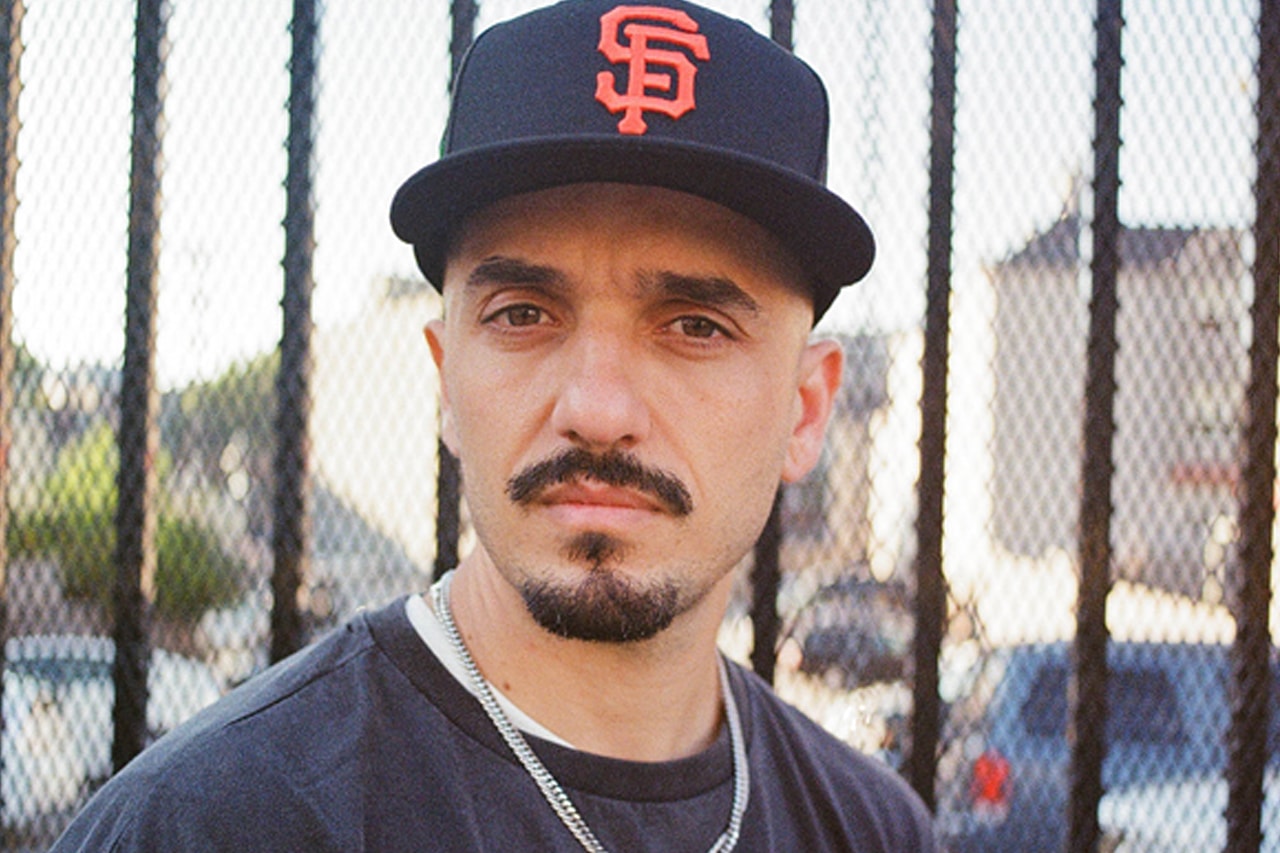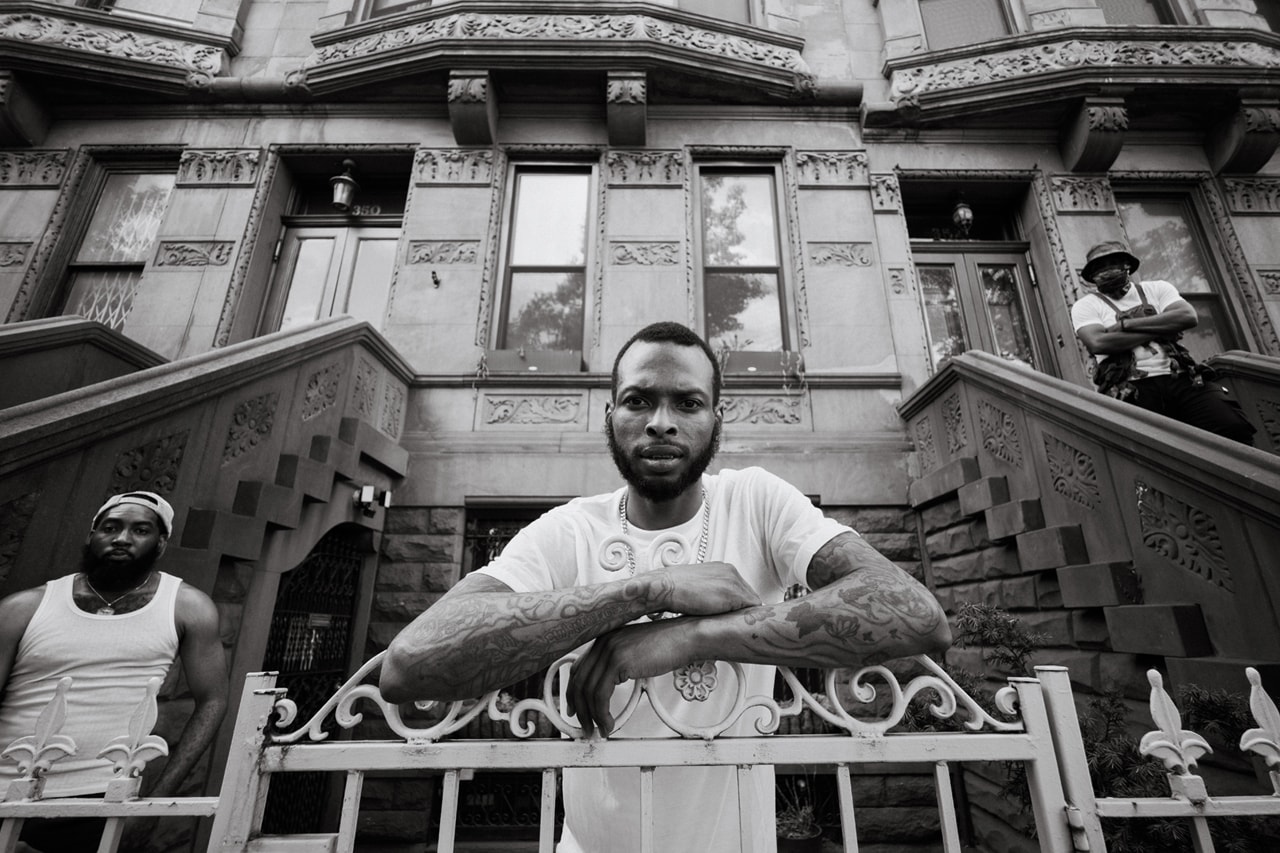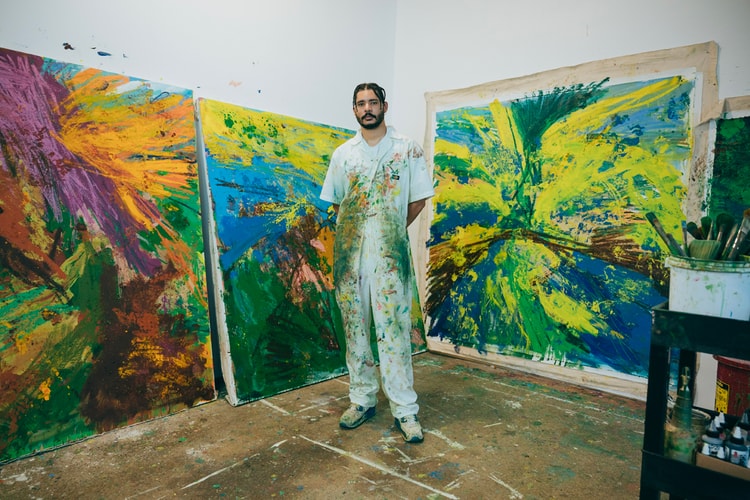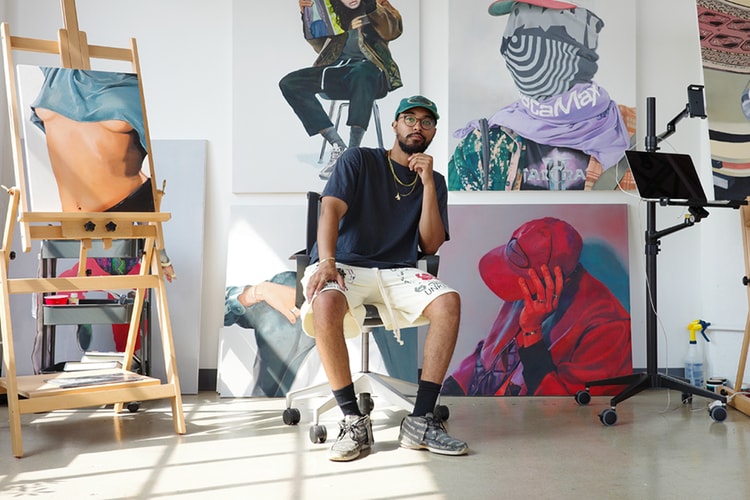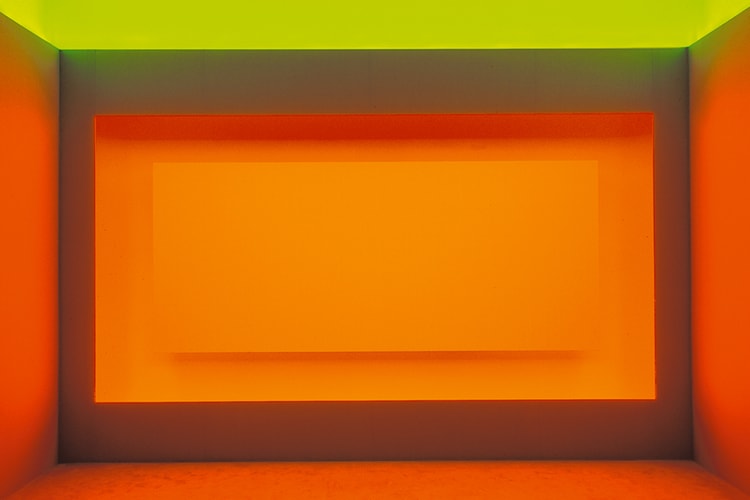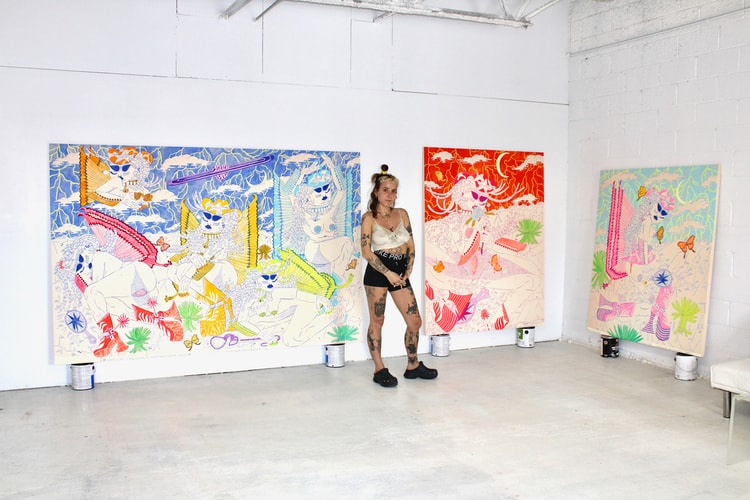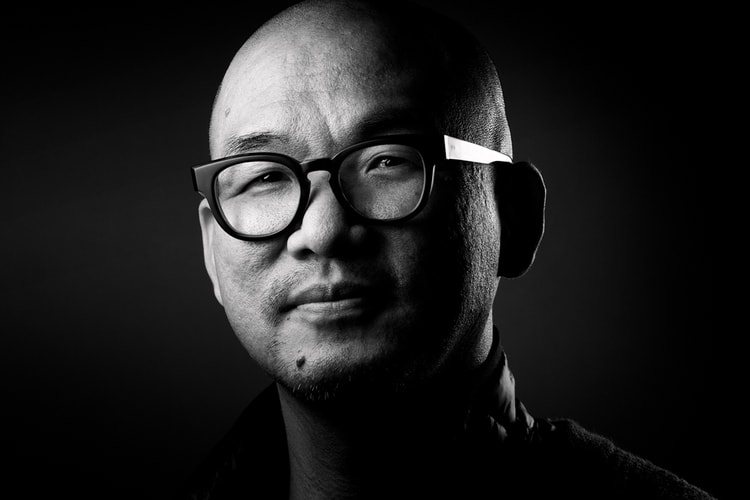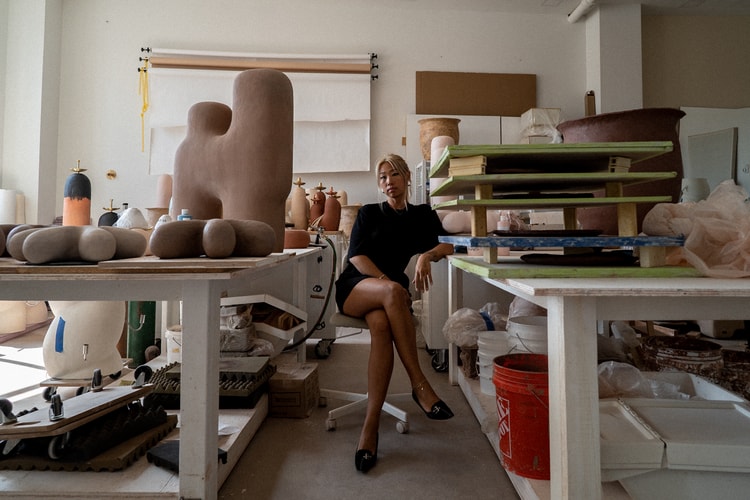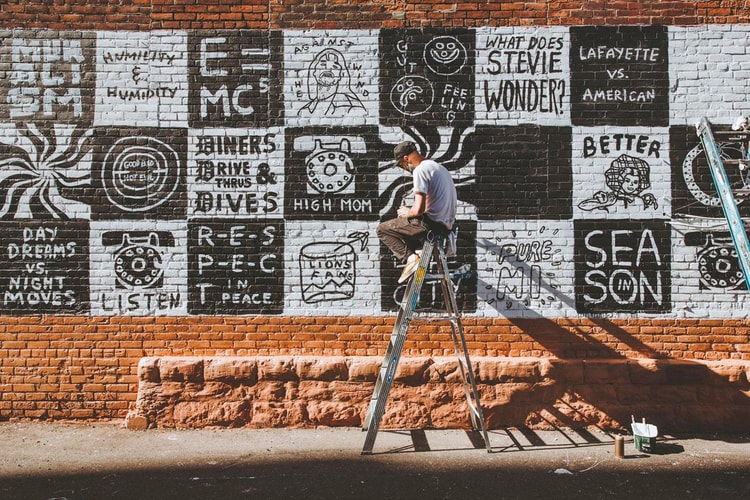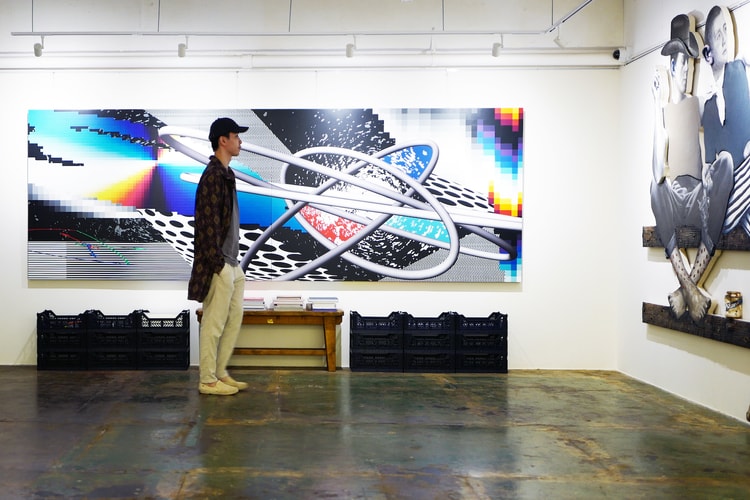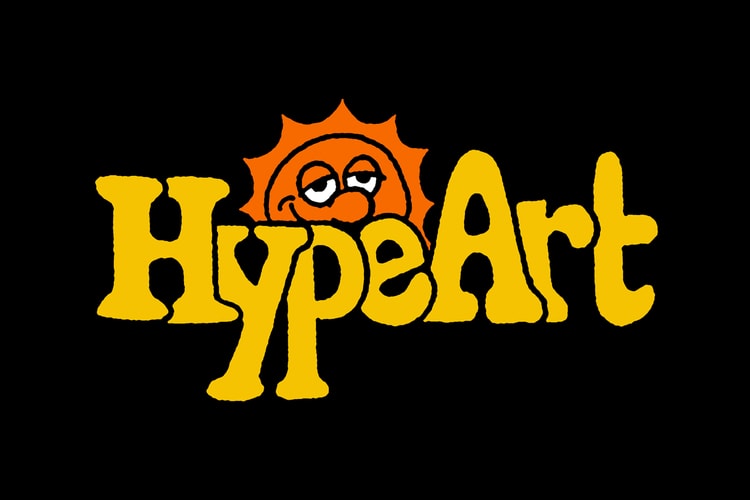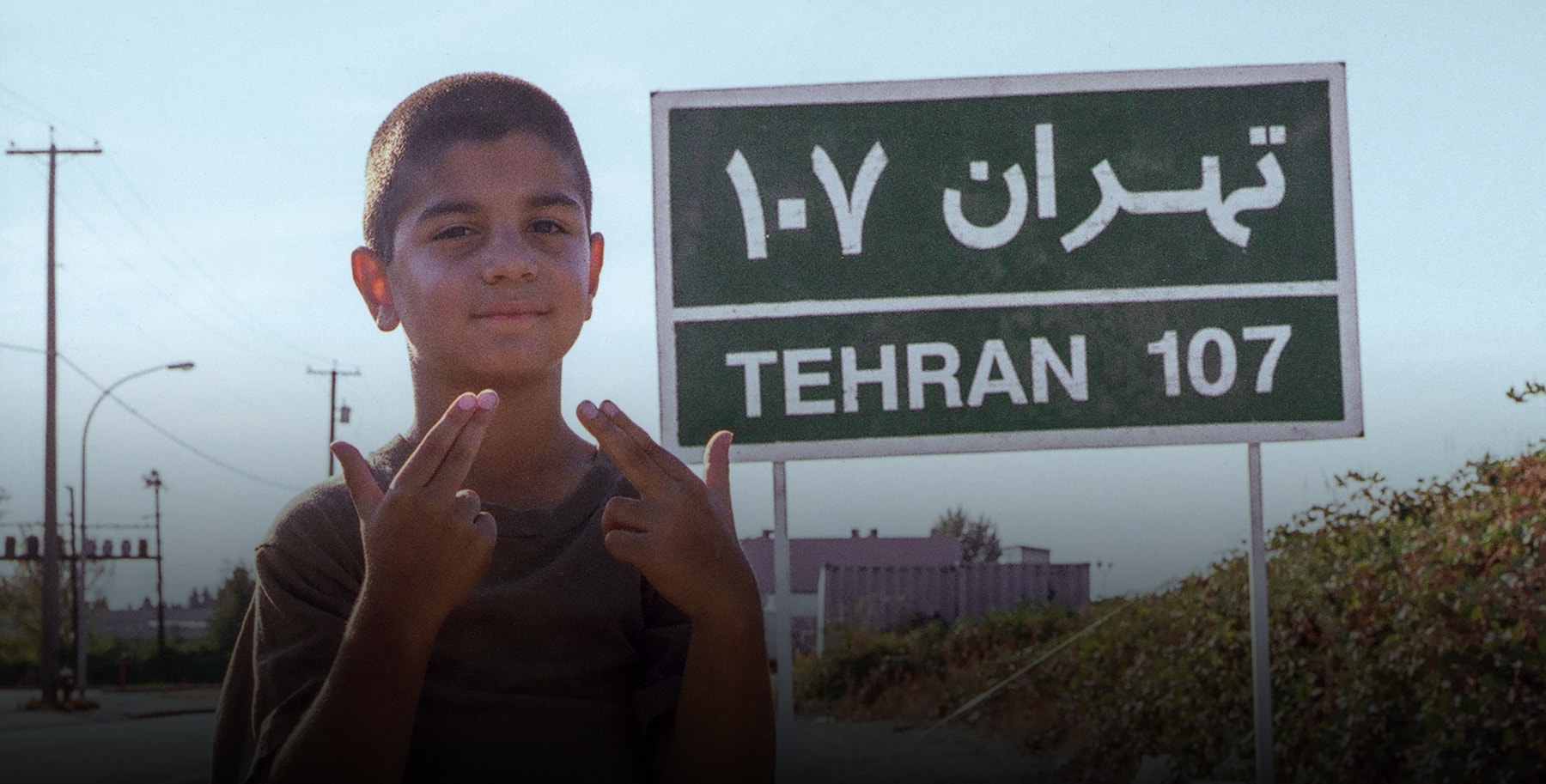
Sign up for a FREE Account To View More
Gain access to all of our content, insights and editorials by registering for a free account now.

The sun was out but everyone was running for cover, as if the sky was falling.
All of a sudden, there was a piercing screech that echoed from one ear to the other — getting louder and more intense with each passing second.
In a cold sweat, Mohammad Gorjestani awoke.
Born in post-revolution Iran, his dreams and nightmares often return to him sporadically. Sometimes during the day, sometimes at night. Most instances, they transport him over 30 years in the past, to the bomb sirens that howled during the height of the Iran-Iraq War.
“At the tail end of the war, around ’87 or ’88, it started to intensify. The US was selling missiles to Saddam Hussein and saying that they were capable of reaching Tehran. They called it the ‘War of the Cities’,” the filmmaker told Hypebeast.
Like many Iranians, Gorjestani’s family decided to move. From there, the San Jose Gardens, a housing project in Northern California, became his new home. “Most of the wave of Iranians that came to the San Jose Gardens were more of the diaspora from the war. It was more people who couldn’t leave and then were forced to leave,” Gorjestani added.
Over the years, his sense of identity would equally be shaped by his fellow African Americans, Somalians, Eritreans, Ethiopians and Mexicans, as it does his own Persian heritage.
As the son of artists, Gorjestani always had a penchant for drawing, but photography and filmmaking is where his own creative potential started to blossom. Viewing his work is like gazing into a constellation — a Tabriz carpet, perhaps — where colors, symbols and subject matter appear as if they orbit entirely different worlds, but when viewed together, carry a new vision of what the world can be. Through this lens, Gorjestani approaches every project with the same drive to foster the sense of community he found in the many cultures that he grew up alongside.
“Every project is an opportunity to put a different signal into culture,” Gorjestani explained.
For the latest iteration of Through the Lens, HypeArt caught up with the EVEN/ODD founder on his award-winning films, such as Refuge, his recent exhibition “1-800 Happy Birthday” and the events, past and present, that continue to inform his work today.
“When I was a kid, it was all about Malcolm X, 49ers and wrestling.”
Can you recall those early days growing up in Tehran? From the visuals, the sentiment, the history, everything.
I was born in the middle of the Iran-Iraq War — post-revolution.
One of my strengths is I have a really good memory. I’m a very visual person, I absorb the world and communicate the world visually. My dad was running the art department at Tehran University. My mom was one of the highest ranking art students in the country. That’s how they do it in Iran at the art schools — there’s this ranking system for entry into the schools for all fields.
My dad did sculptures, watercolors, graphic design and my mom worked on large-scale paintings in oil. They were both very involved in the revolution because so much of it happened at Tehran University.
My sharpest memories are taping our windows. My dad would throw me on his back and I would help tape the windows, because if there was a bombing and the shock blew your windows up, the tape helped it not shatter and break off.
I remember sirens going off and we’d go to our basement and just stay their for hours. Sometimes overnight. Then we’d get used to it and play. I have this scar on my forehead from running into a corner of our building, because we got petrified from the lights going off, all of a sudden, and we didn’t know why. I was like four-years-old.
My dad made the decision that we had to leave. He had some roots in the Bay Area, because he had come in the ‘50s with his best friend on a boat and got married and had kids, then went back to Iran. From there, we went to Turkey for almost a year, while my dad flew to Dubai to get our visas.
I grew up in this unique public housing project called the San Jose Gardens, which my dad’s best friend, my uncle Mo, helped get hundreds of Iranian families to this neighborhood. My upbringing was Iranians, Somalians, Eritreans, Ethiopians, East Africans, Mexicans, Black folks. I remember the first time I went to Los Angeles and met the LA Iranians, I was like, ‘This is crazy.’
If anything, I grew up seeing my parents stop making art. Inside my home, my mom was painting and my dad was still making sculptures at the beginning — working odd jobs and eventually my dad learned how to miniaturize his skills as an artist and sculptor, by repairing jewelry.
When you grow up in low income places, you don’t know people who are professional artists or journalists. You know people who are mechanics, drive the bus, or pizza delivery. So I never thought of being creative, even though I was a creative kid and was good at drawing. I used to write weird stories, but sports was where it was at for me.
I initially went to college to wrestle. I did that from age six to nineteen. That was, for me, a way to stay connected to my identity and culture. When I was a kid, it was all about Malcolm X,
“You realize that country you miss doesn’t exist anymore.”
It’s embarrassing to think about it now, but at the time, you feel almost embarrassed to revel in your own identity with your American friends. It’s not exclusive to Iranians, per say, just an immigrant experience.
Well, I think it’s exclusive to Iranians in the sense that, we are arguably the oldest culture. Iran is the oldest country.
It’s weird to see Iran have its moment in the last few years, because it didn’t for a long time. Our parents too, they were just trying to survive. We’re the generation that now reclaims. I protect our parents generation like hell. There’s going to be this short film this year called Baba. The things that our fathers and mothers had to endure in their generation, you can’t judge it all. They literally had no playbook. They were trying to survive, but also deal with the reality that they were ripped out of their roots. To think about what Iran was and then how it quickly changed, it’s crazy man.
That’s why I love wrestling. I just came from Serbia and was at the World Championships. If you are Iranian, people are like ‘whoa’, because Iran is the gold standard of wrestling. It’s so weird to be in an arena of sport where your country is the gold standard.
Like Brazil with football.
America is chasing Iran. The experience of being with the team for two weeks and being in their hotel rooms every night drinking tea on the floor — it just makes you proud of the culture — but for me, it also comes with a lot of pain, because my parents didn’t live the life they wanted in this country. My parents still live in the same housing complex. I don’t think my dad expected to get to a place where his son is paying his bills — doesn’t have savings, doesn’t have a house. My mom always wanted to go back. You realize that country you miss doesn’t exist anymore. All of a sudden, you have a life here and your kids are from here and then you’re old. All of a sudden, your life passed by. That stuff is intense man. It’s a joke with my wife and I — my mom will only talk about Iran.
“One of the things I loved about wrestling was that it’s a tough sport. You discover who you are.”
You’ve stated in the past, that as a child, you liked to draw but could never capture the realism that you looked for. That’s until you picked up a camera. Can you talk about what followed after?
Being the kid of two master artists — who also weren’t able to be working artists in the US for cultural reasons and just the things that happen when you’re first generation — when I was drawing, my reference point was always my mom and dad. ‘How do they do this? I can’t make it as good as that.’
The moment I picked up a camera, I felt I had a tool that I knew how to paint with. When I held a paintbrush, I could make it do some things I wanted, but felt there was some sort of barrier between me and the canvas. When I picked up the camera, all of a sudden, I felt like I was stepping onto the page and into a world that I could control. I realize this now, but I was thinking in story and world building. I was thinking about my imagination creating an alternative reality — the world of my character and world and the character’s relationship to this world.
I was 19 when that happened and was pretty much done with wrestling. It was very much the thought, ‘what am I going to do with this?’ I was going to be fourth in the lineup at my college, maybe I’ll start my senior year.
I’ve always liked the challenge of difficult things and one of the things I loved about wrestling was that it’s a tough sport. You discover who you are. Now I had this camera and started to place ideas into the form of moving images that were then cut next to other images. What is it like when you stop the image as it’s photographed or in motion?
Just the challenge of, ‘this shit is hard.’ I knew I wanted to express something with this and communicate something. There was this pivotal moment in my life was when I saw two films: Blue by Kieslowski and Taste of Cherry by Kiarostami. It consumed me for a month. I just got into trying to use the camera and cinema as an artform. From there I just kept at it and made a film in 2007 that got into Tribeca. I was the youngest filmmaker at the festival that year.
I went to junior college. I was there with people who went to USC, NYU and your film is in competition with them or maybe winning an award. These things are very important when you become affirmed and validated because so much of this world is about believing you can do something.
Was this film, Refuge?
Before that, it was a film called The Shade.
I sold it to the BBC and got enough money to buy a camera and start making — I kind of almost regressed in some ways, because now I was trying to make a living and shoot the worst video you can imagine. Hire me to shoot whatever while I’m waiting tables in San Francisco writing grants.
I was writing a lot of short stories, taking a lot of images, writing a play — really never going anywhere, just exploring. Then I wrote Refuge and that’s when I met Malcolm, who at the time was the creative director of Wholphin, which was McSweeney’s DVD quarterly. So before Vimeo staff picks, Wholphin was the gold standard of short films.
He was the first dude that was like, ‘I want to help you.’ I made Refuge shortly after and that project was a significant step forward.
“As I get older, I want to reframe and cross the cultures that have influenced my identity.”
That film made me think of another interview you gave before, where you stated “communities can exploit their own communities” – can you elaborate on that further?
I think that’s right. I think it’s more the nature of capitalism, the nature of the way the world is set and the machine doesn’t care about who you are once they plug you into it. It’s going to do with you what it wants.
I think that the system is also much more manipulative. I believe Reza, in that film, actually thinks he’s offering something good. That’s the theme of the film: the world wants to put marginalized people in impossible situations. That is how power is held onto.
You carry that ethos across all your work — whether short films or even client work for Lyft or Beats by Dre. There is always a diverse cast, from local drivers to celebrities such as Davante Adams. How do you approach both?
I think there is a certain deal that you make with yourself that whenever you approach a commercial project, you are engaging in a commercial context. The spiritual investment is different. In terms of skill, investment and effort, like the actual labor, I don’t have an on-and-off switch there. I believe in the theory: ‘how you do anything is how you do everything.’
In terms of subject matter: I’m all about things that allow me to unpack, express and represent the experiences that I’ve had from a child to now and the communities along the way and that have allowed me to have community, to have support and have impacted me as an artist.
I want to reflect that with the ultimate goal of being a part of redistributing creative capital, cultural capital and economic capital. I have strong memories of White people making my mom feel uncomfortable because she didn’t speak perfectly. As I get older, I want to reframe and cross the cultures that have influenced my identity.
In Refuge, there’s a lot of rap in that film because that was my experience. Some of the feedback I’ve gotten is that in Iranian spaces, I bring hip hop culture and in hip hop culture, I bring Iranian culture.
So when it comes to how I treat these projects, every project is an opportunity to put a different signal into culture. That’s why we have a relationship with the public defender’s office in San Francisco. We’re [Even/Odd] the only studio in the country that has a direct partnership with the public defender’s office. One of the projects we’re working on is streetwear for them. The future has to be fly.
“To me, that’s how you make the best work is when it’s made by the people who take these themes and go to sleep at night and think about them.”
On top of quality, brands are gauged on their storytelling and storytelling is gauged on community. So there needs to be authenticity there.
Brands need to be authentic, but there’s a flip side too. The people who are doing the real work, the public defenders of the world, the organizers, the activists, they need to be relevant and fly. That’s what our studio represents — the perfect intersection of introducing things to new audiences. That’s the only way that we are going to break up the monolith of ownership of who owns what that is valuable in this country.
When you reflect on the America that you came to and America today, what are your thoughts?
I think what I’ve learned through making work is that we have to be really committed to creating our own spaces and creating work and projects without considering what the Western gaze thinks about it.
The most liberating thing I think that you can do as a creative person is making work that’s about representing a culture and forgetting what the dominant society thinks or to forget what the mainstream thinks. It’s not that their opinions don’t matter, but just they don’t affect you.
What gets created out of that? For example, “1-800 Happy Birthday” was imagining what an alternative way of thinking about something that the media industry has decided this is the lens on it. Here’s another alternative existence, where the people who love them celebrated. That is the thing that got critical mass.
When you’re making an Iranian film, you’re doing it with real Iranians. In the film, Somewhere Higher, it was really important for me that I subtitled the scene in Arabic for people and it was my way of saying, ‘No this film was actually made for them. So I’m going to subtitle it, so they get it.’ It’s the difference of making work for someone versus about someone. And really bringing an aesthetic to it that is undeniable.
When we look at the landscape, the more people that look like the people who are in front of the work, who are in front of the camera, who the work is about — it’s not about diversity, equity and inclusion — that sounds like we’re doing a fucking data research. To me, that’s how you make the best work is when it’s made by the people who take these themes and go to sleep at night and think about them.
I don’t think it’s identity politics, either. I don’t think only Iranian people should work on Iranian films. It’s about showing a true sense that this thing is deeply curious to you and you’ve spent time in the community and your identity allows you to have an interesting perspective on this project.
Sign up for a FREE Account To View More
Gain access to all of our content, insights and editorials by registering for a free account now.
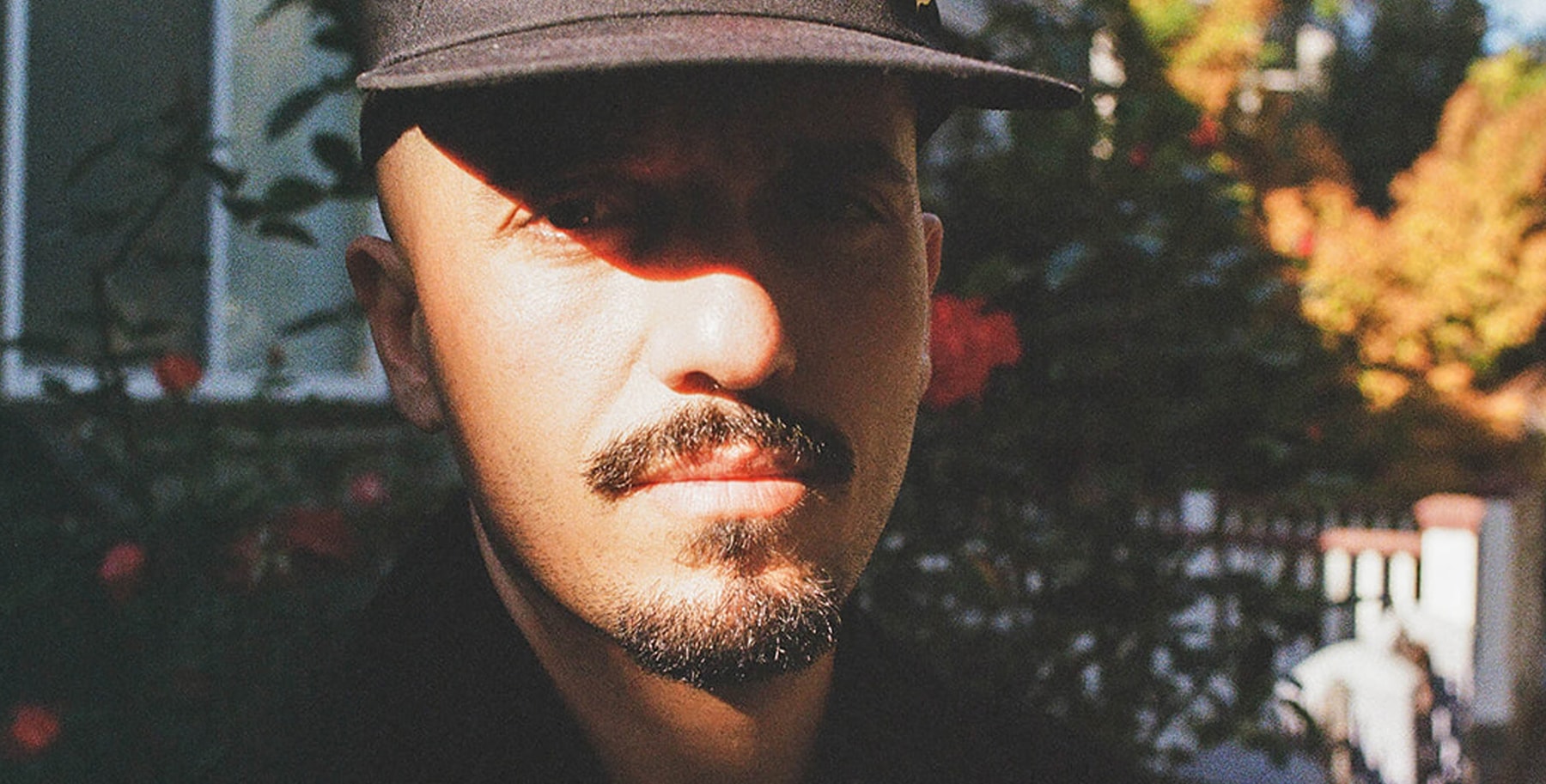
As an artist who is creating in the space, what are your thoughts on the Iran you once knew and currently going on with the regime?
I think my whole life has been surreal. I have very vivid daydreams and nightmares all the time.
What I’ve unequivocally have seen is how brilliant the next generation of Iranians are. When I see the people in the streets and the way they look at things and how they carry themselves, I see all the Iranian hallmarks: creativity, poetry, defiance, pride, love.
It’s surreal though. Sometimes I feel like it was yesterday that we left. Now with this world moment happening, it forces me to almost look through the archive of everything I’ve experienced since the day I was born.
I really want the voice of the Iranian people to occupy the bandwidth and the airwaves. And that we don’t usurper or adopt our own perspectives and ideologies. Allow the Iranian people to be heard on their own terms and use the beauty and power of art to do that.
I don’t think my narrative is special, it’s surreal. Growing up right after a revolution in the middle of a war. I remember that stuff vividly and have crazy dreams still about it. My therapist says you have trauma and all of a sudden, I’m 38 and still unpacking it and will continue to unpack it.
I want to bring the stories to life that come from this experience and all the different modalities of it.
Long ago, artists were just laborers just like everyone else, such as a locksmith, etc. Nowadays it has shifted quite a bit. What do you believe the role of the artist is today?
I think it’s the role of the artist to express ideas outside of the status quo and institutions. Especially in a globalized, Western, capitalistic-driven world, so many of the things being made are with commerce in mind. If the artist can create artifacts and ephemera to put out into the world that show an alternative take or counterpoint that is free of the institution or status quo — I think that is what keeps the world balanced.
All photos and films courtesy of the artist.

